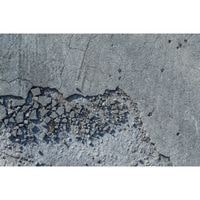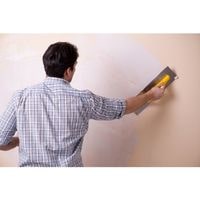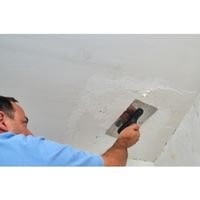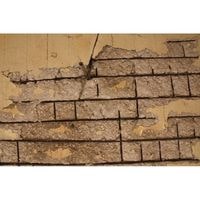How to fix crumbling concrete. Crumbling concrete is an unsightly and problematic experience.
Just because the problem may have started long ago, it doesn’t mean that you shouldn’t go ahead and get on top of the issue by addressing it as soon as possible.
It’s best to tackle a crumbling issue sooner rather than later in order to prevent it from spreading to other parts of your property or causing other problems like crazing, which typically happens.
When ice crystals are allowed to form underneath the structure and create a network of cracks over time.
Cracking can also happen when there is too much weight placed directly along the edge of a concrete structure if you wish to prevent this from occurring in the future.
Try not to place heavy objects close to the edges of your concrete structures, and avoid using salt on driveways or walkways during cold weather.
How to fix crumbling concrete

How to fix crumbling concrete. It is important to always have a professional examine your concrete damage to ensure that it is not a symptom of something more serious before making any repairs.
Crumbling concrete can be repaired before crazing occurs, which can lead to more costly long-term damage.
Crumbling concrete is not just unsightly, it may also be a sign of serious damage beneath the structure.
Using a stiff scrub, Rub the bristles
Use a stiff-bristled scrub brush to scrub away buildup from the edges of crumbling concrete.
Wipe away any loose debris with a damp rag and spray water on the affected area from a hose set to high pressure. Allow the concrete to dry for 24 hours before proceeding.
A thin coat should be applied

Apply a thin layer of concrete bonding agent that compares to the size of a medium to large paintbrush over crumbling areas, and wait for it to become slightly sticky.
Apply a layer of ready-mix concrete
Apply a 3/8-inch layer of prepared concrete with a pointed metal trowel, then smooth the mixture’s surface until it is even using the face of the trowel.
Wait 15 minutes to allow a light skin to form, then apply another 3/8-inch layer of concrete and repeat this process three more times.
Smooth the surface with a trowel

Prepare a large bucket of water, and begin by putting a layer of the concrete mix directly onto the surface of the damage.
Use your shovel to smooth it out over the damaged area.
Once you have covered the damaged areas with a layer of concrete mix, pick up a trowel and use it to smooth again.
Allow that layer to sit for half an hour until it is firm. Continue this process until you fill in all of the crumbled areas.
Cover the repaired areas with a plastic tarp
Place a tarp over the repaired areas so that it is entirely covered. Allow the concrete to cure for 5 days under the tarp, lightly spraying it once a day with water from a garden hose. Remove the tarp once the concrete has cured completely.
Because you are putting some water on top of your newly poured cement, make sure to space out where you spray it around your new foundation.
And don’t pour too much at any one area as this will make it less effective as drainage runs off instead of properly sinking into your construction zones, making them more vulnerable to breaking again later on when it is put under stress by floods or other geologic or man-made disasters.
Why is my concrete crumbling?
If too much water is added to the mixture, the cement and sand have trouble bonding together. When this happens, it causes the concrete to crumble and fall apart.
This often happens when water is first mixed into the cement powder at the beginning of the building process.
Can you pour concrete over broken concrete?
You may be able to cover old problems with new attempts, but if you haven’t dealt with the issues underlying your old concrete (such as cracks or frost heaves) in the first place, this simply won’t solve anything.
What’s more, trying for the new concrete to be slightly more than 2 inches thick is a good idea because it will last longer especially if used outdoors.
How to fix crumbling concrete
Related Guides
